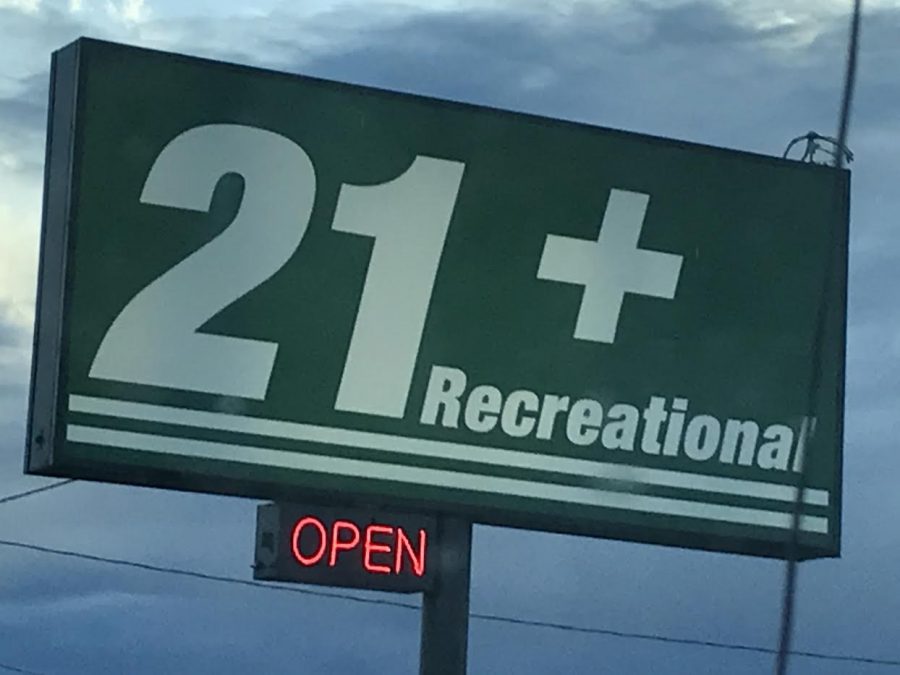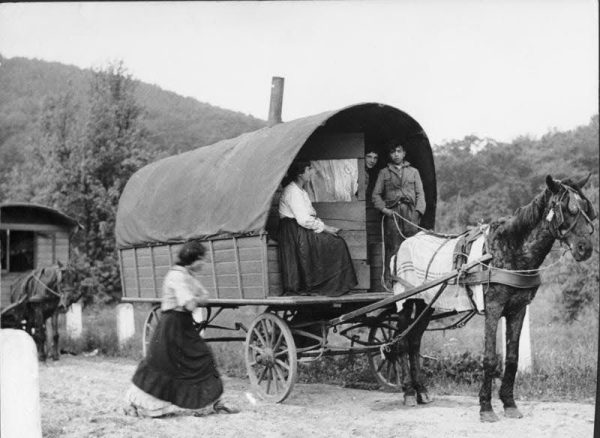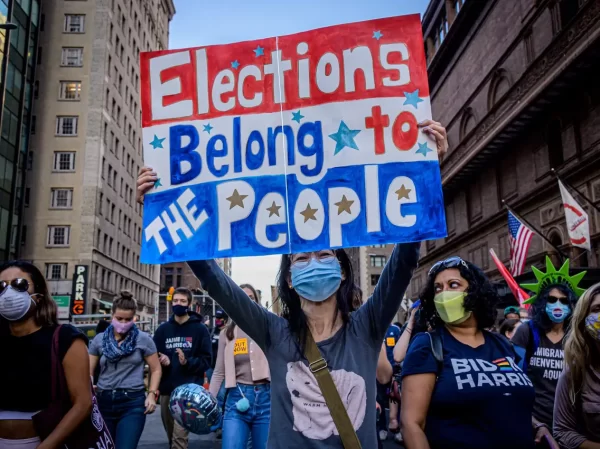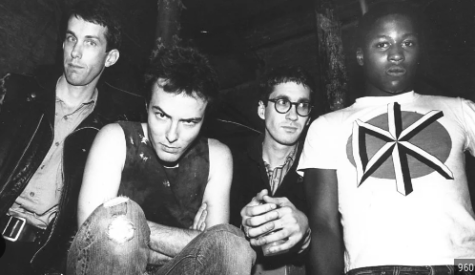How the Legalization of Marijuana is Affecting Shorecrest Students

Ms. Johnson is the Drug & Alcohol counselor for Shorecrest and Kellogg. She is available Monday, Tuesday, and Friday in room 216 (via room 213). Everything said in a session remains entirely confidential from administration, parents, etc. You will not get in trouble if you visit Ms. Johnson. Contact: [email protected]
Recreational use of marijuana was legalized in Washington state in November of 2012 with initiative 502; since then, many have been looking for lasting effects of making this drug accessible. School districts across the state have been attentively gathering what information they can to learn how marijuana is affecting middle and high school students. Even though students at Shorecrest are underage and cannot legally use recreational marijuana, this has become a concern as well. Aurora avenue is close by loaded with shops and billboards advertising pot.
Legal age to use marijuana is twenty-one and above, however this does not keep underage people from gaining access to the drug through an adult. In a poll given to Shorecrest students, 60% said that they could probably get marijuana via a friend, parent, or fake ID. The 2012 Washington State Healthy Youth Survey reported that more than half of Washington’s 10th graders say that is easy for them to obtain marijuana. According to the 2012 Monitoring the Future (MTF) Study, 45.3% of U.S. 12th graders reported having used marijuana once or more in their lifetime, with 22.9% reporting use in the previous 30 days––more than twice the percentage who smoke cigarettes.
Although there has been an increase in usage, how the drug is being perceived after legalization can actually cause an increase in adolescent use. “Our study suggests that legalization of marijuana in Washington reduced stigma and perceived risk of use,” said lead author Magdalena Cerdá of the University of California in Davis in a news release, “which could explain why younger adolescents are using more marijuana after legalization.” Shorecrest’s drug and alcohol counselor, Ms. Johnson, says that there are many legal drugs that are dangerous, marijuana included.
“The biggest change that I see in teens is change in their personality. One of the things that makes marijuana attractive, is that it makes you not care about things, which might make you feel more relaxed when high. When your brain is developing, and you are taking a drug that is making it more apathetic, you will continue to experience the same apathy as an adult even if you stop using.” She also reminds students that marijuana is addictive, that it has been proven to cause users anxiety and withdrawal symptoms when not taken for long periods of time. Ms Johnson explains that it is not only stressors that you stop caring about when someone uses marijuana, they also stop caring about things that they are passionate about and people they love.
According to Ms. Johnson, teenagers are especially susceptible to use, “Younger people tend to be more impulsive,” she explains, “So if somebody is hurting, if they’re depressed or anxious or has something else going on––it makes sense that they would want to stop that pain. So with the adolescents’ willingness to take risks and the prospect of relief, marijuana is a very attractive option.”
Today, marijuana use among adolescents hasn’t sky rocketed as some predicted. Marijuana is cost prohibitive to a lot of teens which helps create a deterrence for now. As the industry and competition grows, prices will drop, making it more available to younger people. “There’s reason to think that adolescents are more price-sensitive than adults with respect to cannabis use,” says Mark Kleiman of New York University, “so I’d advise states that legalize to do what they can to keep prices from falling.”
In health classes, teachers are trained to warn students about staying away from using marijuana as well as providing resources to those who are more inclined to use the drug. While some feel that further measures should be taken, others don’t feel that it is a problem. In a poll given to students, although more than 75% of those polled reported that they had been in the same room or area as someone smoking marijuana, less than 60% thought that it was a problem in our community. In an anonymous interview with a student, they say that, “I think that kids who use marijuana are often demonized, which makes them feel more isolated.” They also say that they think alcohol is a bigger problem among teenagers than marijuana.
Another anonymous student had a very different idea. “We should be doing everything we can to prevent drug use among underage students,” they say, “especially in an educational environment, because how you do in school now can also contribute to where you go in life.” This student continues, however, to say that part of the problem is the school environment. “Academics, college plans, social stress––it keeps mounting, and it makes sense that some people would look for relief from all of it. I thinks that academic stress is very serious, and can result in serious anxiety and depression.”
















